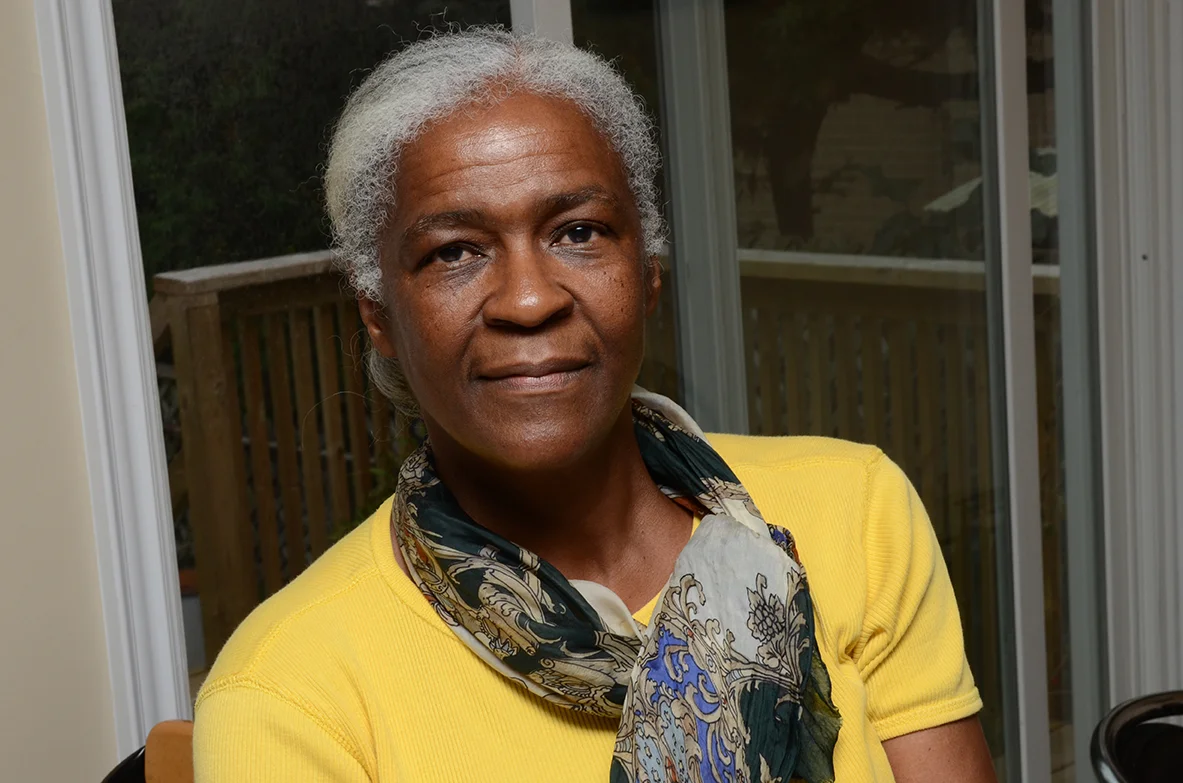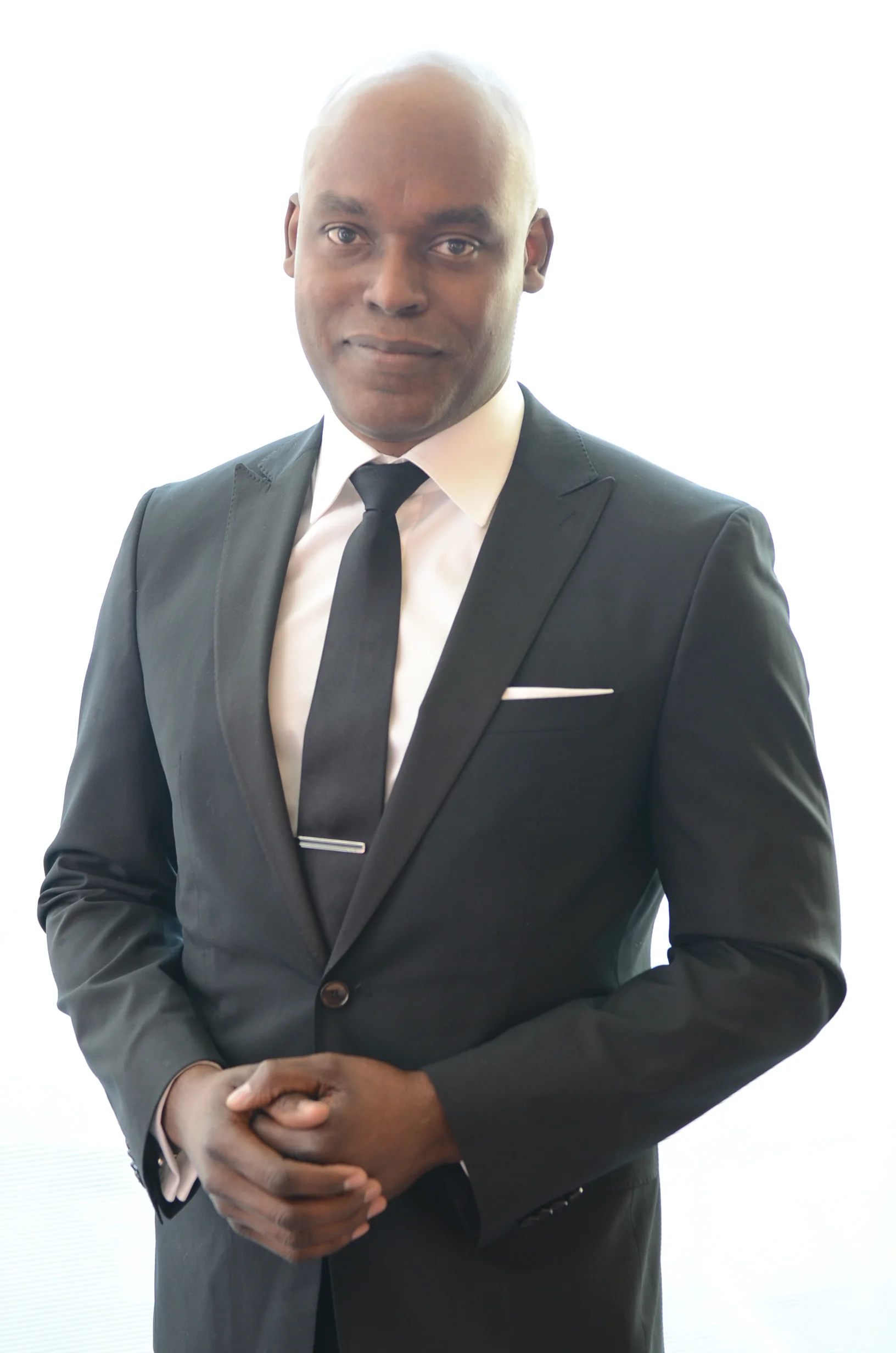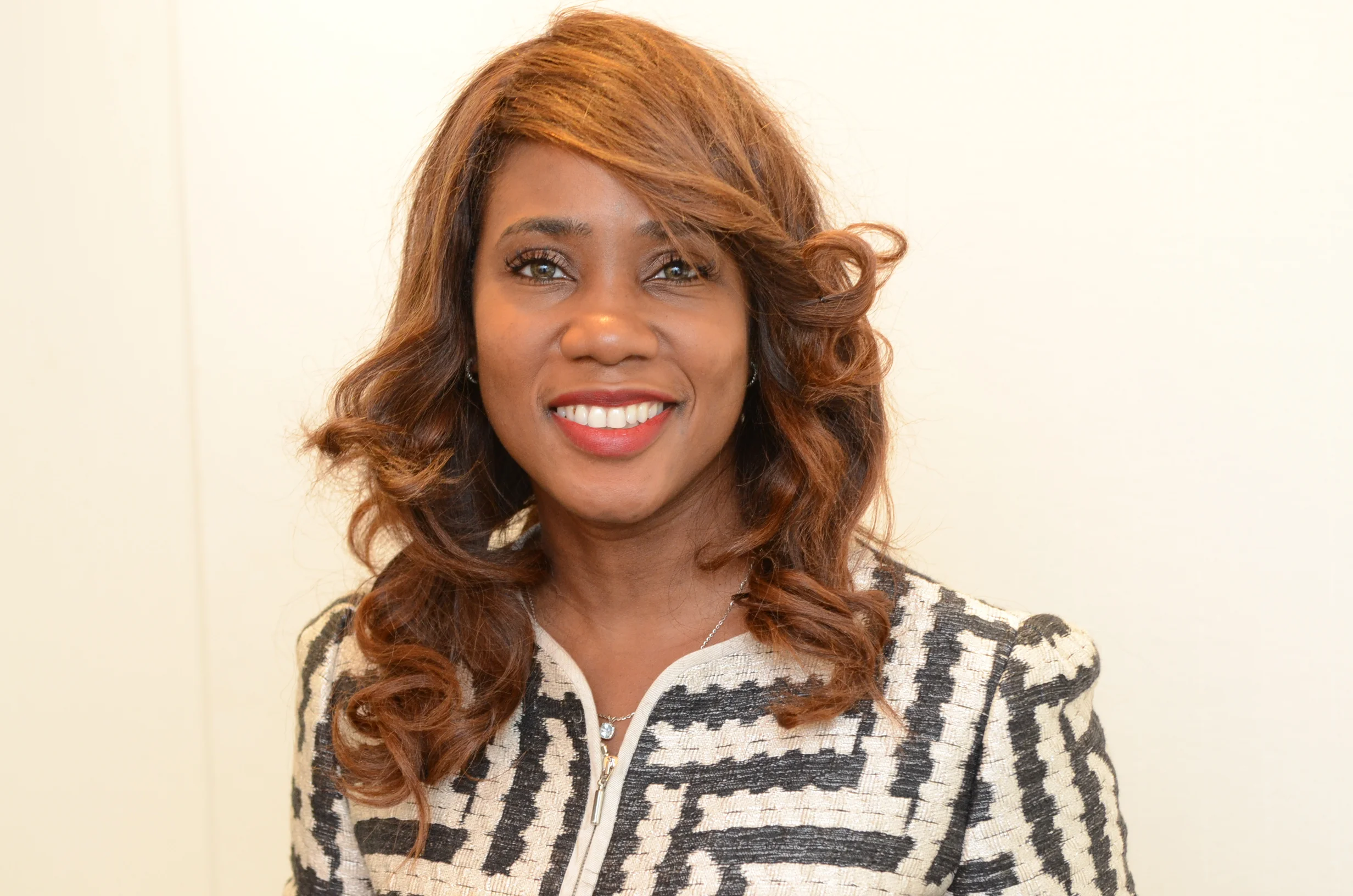Saunders-Mondesire inducted into Ontario Athletics Hall of Fame
Representing two countries in international track and field is not an anomaly.
Milliken Mills High School teacher Anton Skerritt, who was last month inducted into Howard University’s Athletic Hall of Fame, turned out for Trinidad & Tobago – the country of his birth -- in the 1984 Los Angeles Olympics and Canada in the 1988 Seoul Olympics and Jamaican sprinter Merlene Ottey competed for her homeland and Slovenia.
Competing for three countries is however a rarity as runner/jumper Yvonne Saunders-Mondesire did for Jamaica, England and Canada before quitting the sport in 1982.
Residing in Boulder, Colorado with her husband – scientific consultant Dr. Roy Mondesire -- and their two children for the past 21 years, the former 400 and 800-metre runner and long & high jumper was recently inducted into Athletics Ontario Hall of Fame.
At age eight, Saunders-Mondesire -- who celebrates her 63rd birthday today -- migrated from Jamaica to England with her family and was introduced to track and field nearly seven years later while at Gorse Park Secondary School.
“I was playing with a ball during recess and the high jump bar was in the way,” she recalled. “The only way I could get the ball was to leap over the bar because I couldn’t go around it.”
Little did Saunders-Mondesire know that she had inadvertently set a school record.
“The school champion couldn’t make that height and the students were stunned by what I did,” she recounted.
The ease with which Saunders-Mondesire scaled the bar also caught the attention of gym teacher Christine Walker who encouraged her take up the sport.
With Walker’s support and guidance, Saunders-Mondesire won back-to-back English Schools' intermediate high jump titles with a leap of 1.65 metres and represented England at a junior meet in Montreal in 1968, the same year that her family moved to Canada.
Coming to Toronto two years later because she felt the coaching she was receiving in Montreal was not up to par, Saunders-Mondesire hooked up with Guelph Legion Track Club coach Peter Manning and was selected to represent Jamaica at the 1970 Commonwealth Games in Scotland where she captured a bronze medal in the 4x400-metre relay event.
She made her Olympic debut two years later with Jamaica at the ill-fated Munich Olympics where eight Palestinian terrorists stormed the village and killed 11 Israeli team members.
“The night before, I had missed qualifying for the 400-metre semi-final by 0.01 secs.,” said Saunders-Mondesire. “When we got to the cafeteria the next morning, word had begun to spread that athletes and officials had been killed. It was terrible.”
Avery Brundage, then the International Olympic Association (IOC) president, told a shocked world that the Games would continue despite the horrific incident.
Saunders-Mondesire agreed with Brundage’s decision.
“When things like that happen, you can’t bow to the enemy because that’s exactly what they want,” she said.
The talented athlete started 1974 in a blaze of glory
After producing a personal best and Canadian record run 51.67 secs. in winning gold in the 400-metres event and anchoring the 4x400-team to a bronze medal finish in 3:33.92 in the Christchurch Commonwealth Games that ended in early February, Saunders-Mondesire set a world indoor mark of 1:18.4 in the 600-metre race at the Maple Leaf Indoor Games in Toronto and recorded national indoor record times of 54 secs. in a 400-metre race in Winnipeg and 39.6 secs. over 300 metres in Hamilton.
With the five-week record-breaking blitz behind her, Saunders-Mondesire set her sights on representing Canada at the 1976 Montreal Olympics.
She however had to clear a major hurdle.
While she was eligible for Canadian citizenship in 1972, the athlete didn’t file for it until after the Christchurch Games.
Manning took the bold step of writing to the International Olympic Association (IOC) requesting that the athlete be allowed to represent Canada.
The ploy worked.
Despite the good news, injuries hampered her Olympic preparations.
A hectic 1975 season, that included a win in the defunct Toronto Star Maple Leaf Indoor Games 600-yard event in 1:19.5, ended abruptly when Saunders-Mondesire suffered a herniated back while lugging bags at a London airport.
At the Montreal Olympics, she finished fourth in her 800-metre first round heat in 2:03.54. which was 3.53 secs. below her 1975 personal best and her 4x400-metre relay team placed eighth.
“It was great to be competing in Montreal where I once resided, but my self-confidence was very low because of a knee injury,” said Saunders-Mondesire whose younger brother, Mark Saunders, is a Toronto Police Service deputy chief. “That was a shame, but that was how it is.”
Her last Olympic shot was thwarted when Canada joined the United States in boycotting the 1980 Moscow Olympics because of the Soviet Union’s invasion of Afghanistan.
“This was going to be probably my last Games,” said Saunders-Mondesire who was 28 years old at the time. “To be told that we would not be going after all the training and sacrifice I had put in was hard and very devastating.”
She won the 800-metre event at the “alternative” Olympics that summer in Pennsylvania.
“It was not the same as an Olympics,” she pointed out. “Even if you don’t win a medal, the Olympics is special. The energy transmitted in that environment with the world’s best athletes is so powerful.”
Saunders-Mondesire, who once held the world indoor record over 600 yards, retired from the sport in 1982.
“Money and drugs were becoming a big part of the sport at the time and it was just not the same for me,” said the former Canadian junior long jump record holder. “I wanted to do something else instead of being part of that lifestyle. I enjoyed the competition even though there were some dark moments as the time when an official pulled me aside at a track meet in Etobicoke and pointed to where I should break in the 800-metre race. I followed his instruction and was disqualified after completing a sub-two minute run. To this day, I don’t know why he did that.
“I was also called racist names as I jogged in the city and White parents approached me at meetings pleading that I should allow their daughters to win races. I just couldn’t believe it. My response was to let my actions on the track speak instead of getting into verbal confrontations.”
Manning, who coached Saunders-Mondesire for about a decade, said she was the best of the nine Olympians under his tutelage.
“She was very talented and she had the ability to run herself into the ground to win a race,” he added. “That’s how determined she was.”






